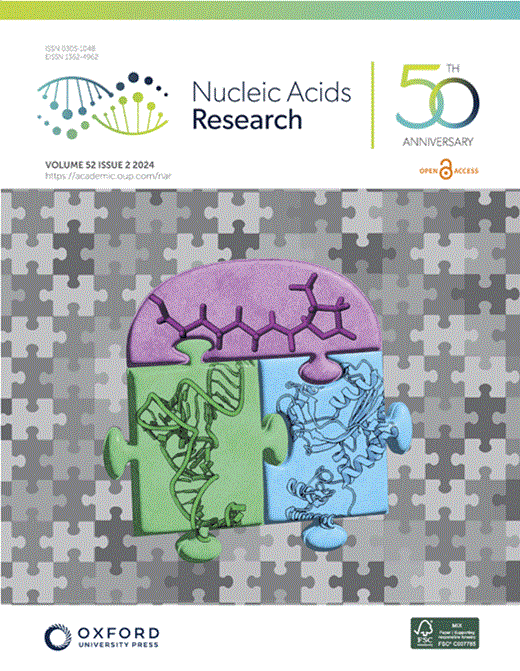Transcriptional induction by ecdysone in Drosophila salivary glands involves an increase in chromatin accessibility and acetylation
IF 16.6
2区 生物学
Q1 BIOCHEMISTRY & MOLECULAR BIOLOGY
引用次数: 0
Abstract
Transcriptional activation by 20-hydroxyecdysone (20E) in Drosophila provides an excellent model for studying tissue-specific responses to steroids. An increase in the 20E concentration regulates the degradation of larval and the proliferation of adult tissues during metamorphosis. To study 20E-dependent transcription, we used the natural system for controlling the 20E concentration—the E23 membrane transporter—which exports 20E from the cell. We artificially expressed E23 in tissues to suppress the first wave of 20E-inducible transcription at metamorphosis. E23 expression revealed a plethora of 20E-dependent genes in salivary glands, while mildly affecting transcription in brain. We described the mechanisms controlling transcriptional activation by 20E in salivary glands. 20E depletion decreased the binding of Pol II and the TFIID subunit, TBP, to the promoters of primary targets, demonstrating the role of 20E in transcription initiation. At target loci, 20E depletion resulted in the malfunctioning of sites co-bound with EcR and CBP/Nejire and enriched for the H3K27Ac mark inherent to active enhancers. At these sites, the 20E concentration was found to control chromatin accessibility and acetylation. We suggest that the activity of these ‘active’ ecdysone-sensitive elements was responsible for the active status of 20E targets in the salivary glands of wandering larvae.果蝇唾液腺中蜕皮激素的转录诱导涉及染色质可及性和乙酰化的增加
本文章由计算机程序翻译,如有差异,请以英文原文为准。
求助全文
约1分钟内获得全文
求助全文
来源期刊

Nucleic Acids Research
生物-生化与分子生物学
CiteScore
27.10
自引率
4.70%
发文量
1057
审稿时长
2 months
期刊介绍:
Nucleic Acids Research (NAR) is a scientific journal that publishes research on various aspects of nucleic acids and proteins involved in nucleic acid metabolism and interactions. It covers areas such as chemistry and synthetic biology, computational biology, gene regulation, chromatin and epigenetics, genome integrity, repair and replication, genomics, molecular biology, nucleic acid enzymes, RNA, and structural biology. The journal also includes a Survey and Summary section for brief reviews. Additionally, each year, the first issue is dedicated to biological databases, and an issue in July focuses on web-based software resources for the biological community. Nucleic Acids Research is indexed by several services including Abstracts on Hygiene and Communicable Diseases, Animal Breeding Abstracts, Agricultural Engineering Abstracts, Agbiotech News and Information, BIOSIS Previews, CAB Abstracts, and EMBASE.
 求助内容:
求助内容: 应助结果提醒方式:
应助结果提醒方式:


